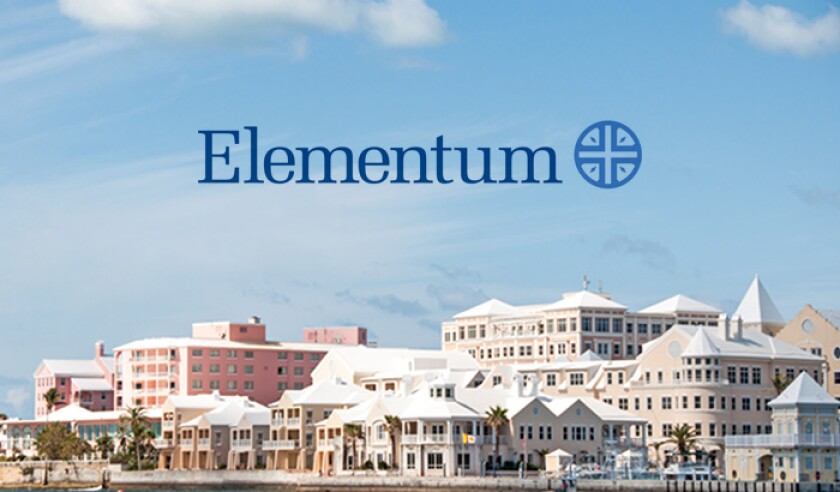Elementum’s Tony Rettino said that the investor response to Hurricane Ian losses will vary based on their appetite and timeframe in the market, speaking at Trading Risk New York 2022.
He estimated losses from Hurricane Ian at around $50bn, adding that there was “lots of uncertainty around the number”, and that the firm “tended to be a little more conservative than others”.
The Elementum founding partner said institutional investors in some cases were showing a renewed appetite for ILS, but that this was dependent on the timing of their allocations.
“Opportunistic capital” that has waited on the sidelines having exited the asset class around 2006 was now showing refreshed appetite given the turn to a harder market.
This compared to investors who entered the market in 2016, 2017 and 2018, whose experience was “very different”, with many having retrenched and moved out.
The oldest investors, those who have stuck around since 2003, had ridden out market cycles and “seen what the market can do” in terms of returns.
Rettino cautioned that the biggest reason for capital exiting was down to unexpected surprises.
He said: “The path forward is contract certainty. There will be capital for that.”
In his opening remarks, Rettino said the biggest determinant for a hard market was a soft market, as it created the conditions for capital to retreat later.
“Soft markets create hard markets.”
He outlined several factors that were needed to create sustainable markets, including improved contract certainty, transparency to reduce information asymmetries and combatting fraud and litigation reforms.
The ILS manager said he would trade “lower peaks” of hard market returns for “higher valleys” with higher floors for returns in a soft market.
Additionally, Rettino advocated for “a real conversation about climate change and adjustments as the risk evolves,” as well as for supporting “appropriately capitalised cedants with robust claims and other infrastructures”.
Contract certainty could be improved through more use of named perils coverage, he added.
Broad coverage and aggregates were likely to be less available, with “reinsurance capital as well as ILS retreating [further up reinsurance towers]”.
Rettino added: “Cascading structures, a soft market product, are off the table. But there is a world where cascading structures [could] exist. It was abused and it wasn’t priced. There has to be a premium for uncertainty ... people were pricing aggregate the same as occurrence.”
Touching on the prospects for cyber ILS, Rettino said the peril still had to pass two tests, those of whether capacity constraints exist and modellability. He cast doubt on whether the latter is achievable at this stage.
“We think [cyber] risk is solving faster than we can measure it, because the economic return for those perpetrating acts is considerable.”


